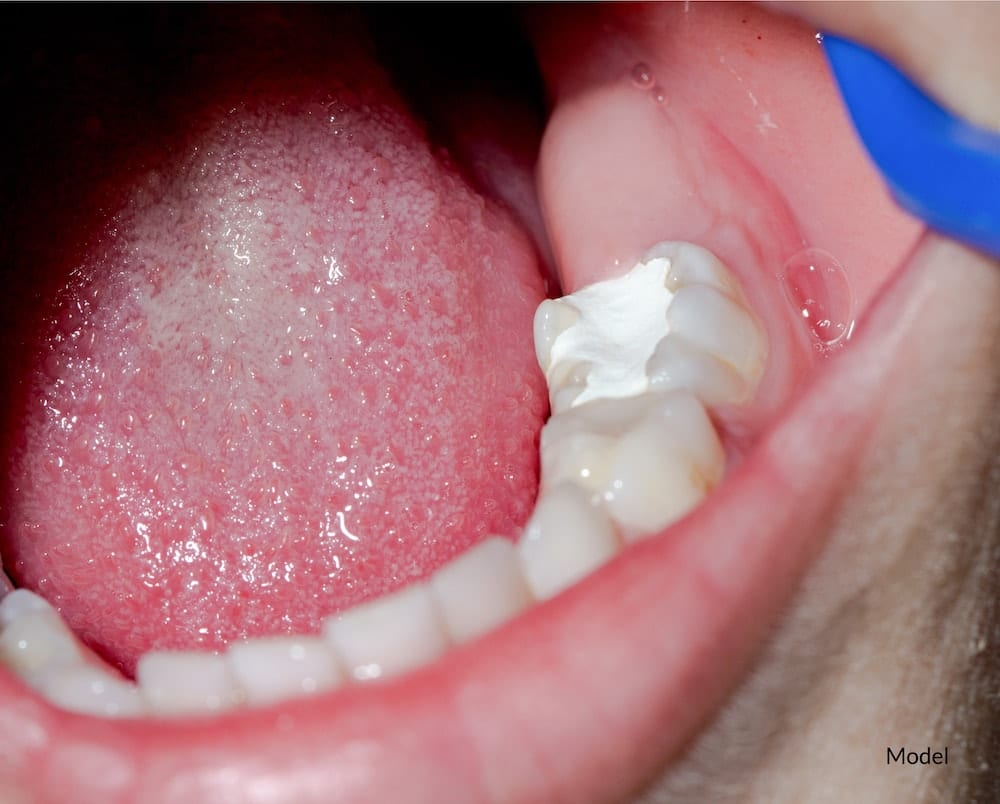Dental fillings for sensitive teeth are a common solution for those experiencing pain or discomfort due to cavities or enamel wear. Sensitivity can occur when the protective layers of your teeth are compromised, exposing the nerves underneath. If you're dealing with tooth sensitivity, it’s essential to understand how Dental Tooth Filling can help, which types are best suited, and what to expect before and after the procedure. This guide covers all you need to know to make an informed decision.
Understanding Tooth Sensitivity and Its Causes:
Tooth sensitivity is more than just a temporary discomfort—it can be a sign of underlying dental issues that require professional attention. Cavities are one of the most common culprits, and dental fillings for sensitive teeth can offer both relief and protection.
Common causes of sensitivity:
- Worn enamel from aggressive brushing or acidic foods
- Gum recession exposing tooth roots
- Untreated cavities that allow bacteria to reach the nerves
- Cracked or chipped teeth increasing nerve exposure
- Grinding teeth (bruxism) causing enamel erosion
Identifying the root cause of your sensitivity helps your dentist recommend the most effective treatment, which often includes a carefully selected filling.
When Do Sensitive Teeth Require Fillings?
Not all sensitivity issues require fillings, but when cavities or enamel erosion are involved, fillings are often the most effective solution. They not only restore the tooth’s structure but also seal it from further bacterial invasion and nerve exposure.
Signs that a filling might be needed:
- Sharp pain when consuming hot, cold, or sweet foods
- Visible holes or dark spots on teeth
- Persistent toothache or sensitivity in one area
- Rough or broken edges on teeth
In such cases, dental fillings for sensitive teeth can provide both relief and restoration, preventing the problem from progressing.
Best Filling Materials for Sensitive Teeth:
Choosing the right material is crucial when dealing with sensitive teeth. Some materials insulate better than others and offer more comfort post-treatment. Your dentist will consider your sensitivity level, the tooth’s location, and your preferences when recommending a filling type.
Most common filling materials for sensitive teeth:
- Composite resin: Tooth-colored and less sensitive to temperature, ideal for visible teeth.
- Glass ionomer: Releases fluoride and bonds well to dentin, good for patients with high sensitivity.
- Porcelain: Highly durable and aesthetically pleasing, but usually used for larger restorations.
- Gold: Extremely durable but conducts temperature more easily, not always ideal for sensitivity.
- Amalgam: Cost-effective but more likely to cause sensitivity due to its metal content and expansion/contraction with temperature.
Discussing the pros and cons of each material ensures you get a filling that supports both your dental health and comfort.
The Procedure: What to Expect During and After
Getting dental fillings for sensitive teeth is generally a quick and pain-free process. Dentists use local anesthesia to numb the area, ensuring minimal discomfort during treatment. Post-filling sensitivity is normal but should fade within a few days.
What the process looks like:
- Diagnosis and X-rays to assess the extent of the cavity or damage
- Numbing the area with local anesthesia
- Cleaning and removing decayed tissue
- Placing the filling material and shaping it to match your bite
- Polishing and final adjustments to ensure comfort
Afterward, you might experience mild sensitivity to pressure or temperature, but this typically subsides as your tooth adjusts to the filling.
Managing Sensitivity After Getting a Filling:
Some patients experience post-filling sensitivity, especially if their teeth were already sensitive beforehand. However, this is usually temporary and manageable with simple care practices.
Tips for managing post-filling sensitivity:
- Use desensitizing toothpaste to soothe nerve endings
- Avoid extremely hot or cold foods for a few days
- Chew on the opposite side of the mouth until sensitivity decreases
- Maintain good oral hygiene to prevent further decay or irritation
- Avoid grinding your teeth—ask your dentist about a night guard if necessary
If sensitivity persists beyond two weeks, it’s a good idea to follow up with your dentist to rule out any complications.
Preventing Future Sensitivity and Decay:
Once you've received Dental Tooth Filling Treatment, maintaining a preventive routine is key to avoiding further issues. Prevention not only protects your fillings but also helps stop future sensitivity before it starts.
Long-term care recommendations:
- Brush twice daily with fluoride toothpaste
- Floss daily to remove plaque between teeth
- Reduce sugary and acidic foods to protect enamel
- Drink plenty of water to neutralize acids and cleanse your mouth
- Visit your dentist regularly for checkups and cleanings
By caring for your teeth properly after receiving a filling, you can keep sensitivity at bay and preserve your dental health for the long term.
Conclusion:
If you suffer from tooth sensitivity, dental fillings for sensitive teeth can offer a much-needed solution. From selecting the right material to following up with proper care, managing sensitivity is entirely possible with the help of your dentist. Knowing what to expect before, during, and after the procedure empowers you to make informed decisions and enjoy a pain-free, healthy smile.

